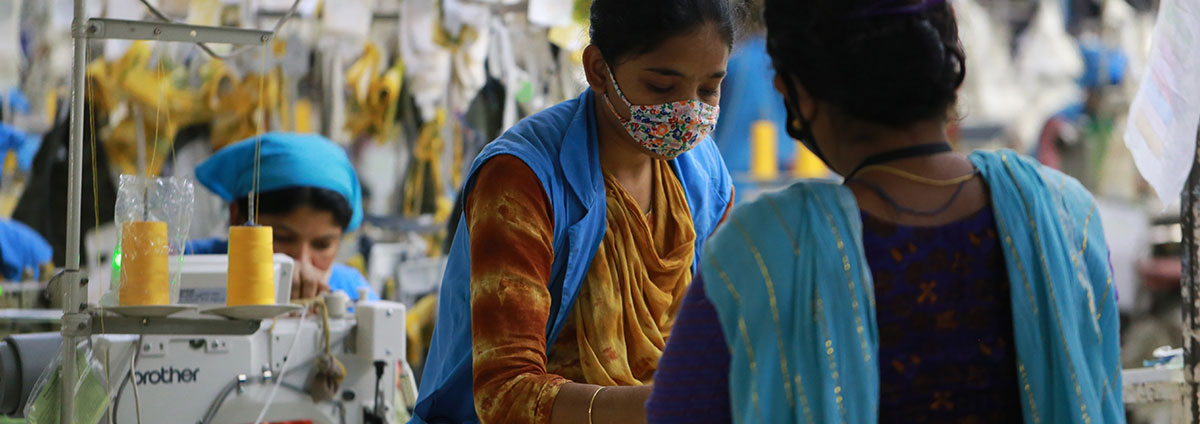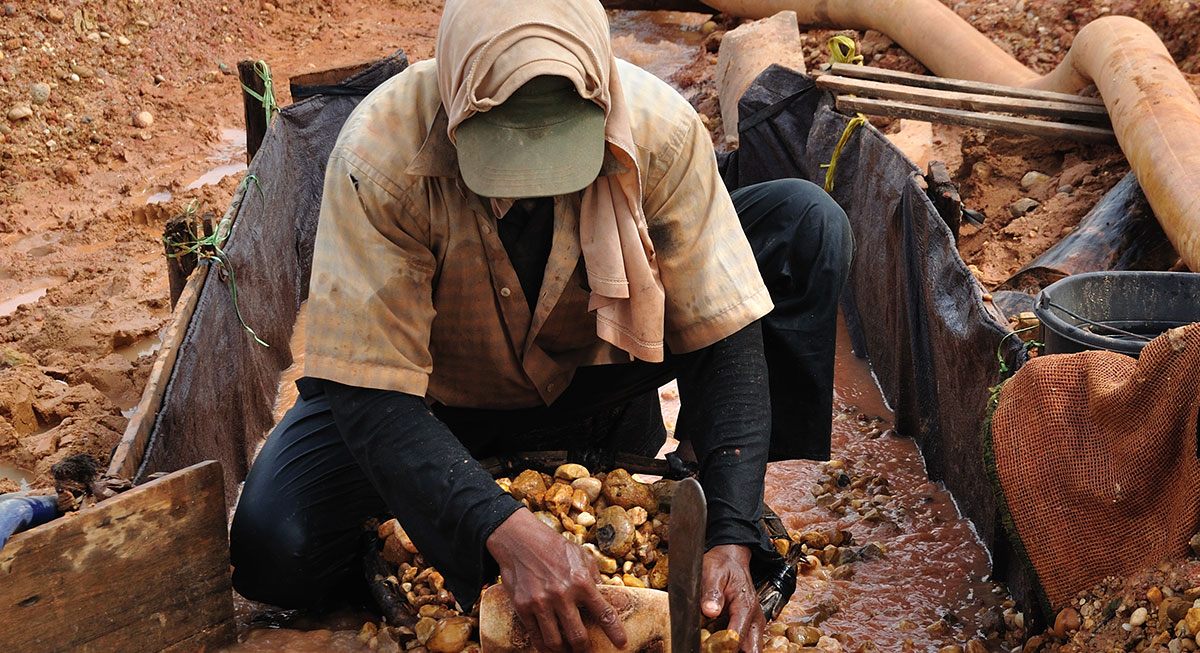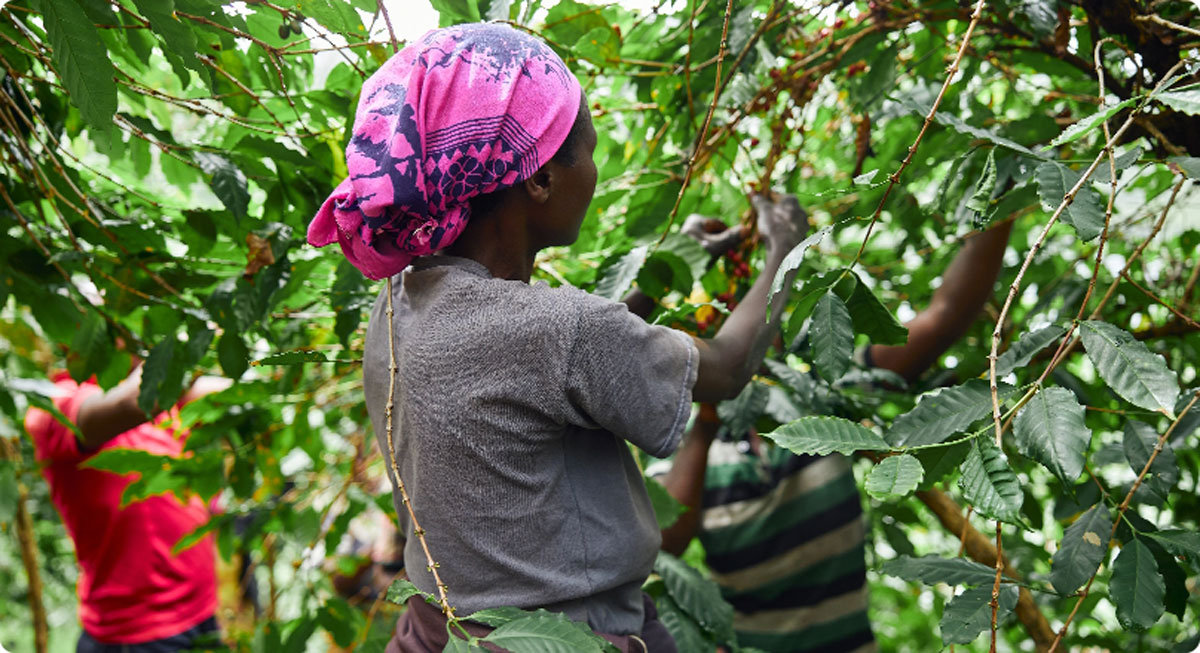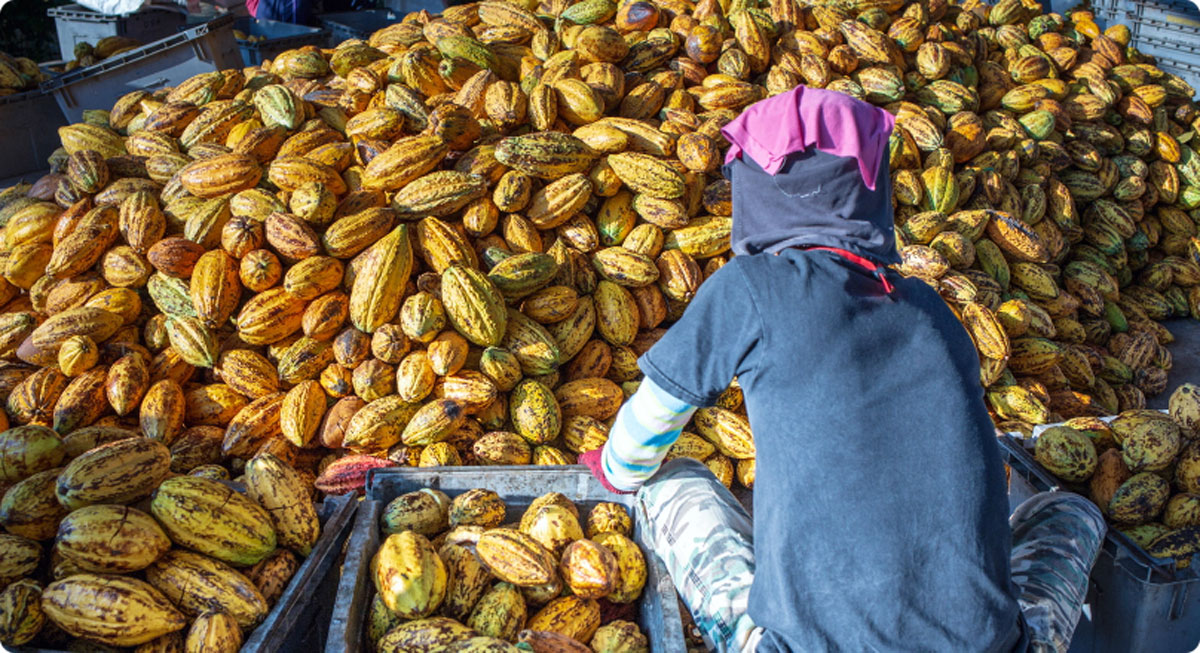Understand the Risks of Forced Labor in Global Supply Chains

Sector – Product
The nature of products and services is a risk factor for forced labor. Risks are inherent in what the product or service is (agriculture commodity, component part, finished garment, transport); how it’s made or performed (automated, manual), and by whom.
“Three D” Jobs
Dirty, Difficult, and Dangerous

In general, industries that rely heavily on low-skilled labor to produce their goods and services have a higher risk of forced labor. While forced labor does occur in other kinds of industries, those that rely centrally on three D jobs – manual harvesting of crops, hauling of fishing nets, and handling of waste, for example – are inherently at risk. This is particularly the case when production requires work described as “Three D” or “DDD,” for dirty, difficult and dangerous. These are jobs that involve a high level of occupational health and safety hazards such as dangerous environmental and/or chemical exposures, strenuous and/or repetitive manual labor, long hours, and few protections. They are common in farm work, fishing, meatpacking, mining, and construction, among other sectors.
Work that is stigmatized or socially devalued, like janitorial, waste handling, or personal care work, also fall into the Three D category. What is common to these jobs is that they are low-paying, undesirable, and typically performed by the most vulnerable people, including migrants, minorities, and other socially marginalized groups. While human trafficking does occur in other kinds of industries, those that rely centrally on three D jobs – manual harvesting of crops, hauling of fishing nets, and handling of waste, for example – are inherently at risk.
Seasonality
Seasonal or Short Product Lifecycles

Industries that are characterized by sharp seasonal fluctuations in labor demand are also at risk. The time-sensitive nature of harvest cycles for many agricultural crops, for example, leads to temporary surges in the need for farm workers in particular regions. This demand results in many employers using labor brokers to recruit the needed workers, a practice which Verité research has shown drastically increases the risk of human trafficking. The involvement of labor brokers is a risk factor for recruitment debts especially for non-permanent workers who do not have enough time to pay back loans often taken out to pay a broker fee and/or travel expenses. Indebtedness, combined with the potential for some migrants to be undocumented, increases a worker’s vulnerability exponentially.
There is also seasonality in manufacturing, with peak production periods (for holiday sales or new product launches, for example) being managed either by temporary labor or a sharp spike in overtime, or both. The risk factors in these cycles are the involvement of labor brokers in recruitment on the one hand and forced overtime on the other.
Low Margin
Highly Competitive Industries with Low Barriers to Entry

Highly competitive industries with low margins and continual downward pressure on prices are more likely to have forced labor risks. This is particularly true if costs for inputs other than labor have already been cut as much as possible, leading to labor cost reduction as the main way to increase competitiveness. This sometimes leads to taking advantage of low-skilled workers who will tolerate sub-minimum wages and practices – like delayed wages, illegal deductions, debt to brokers, and forced overtime – that are known indicators of forced labor.
Use RST's interactive map to identify forced labor risks globally, by sector, commodity, and country.
